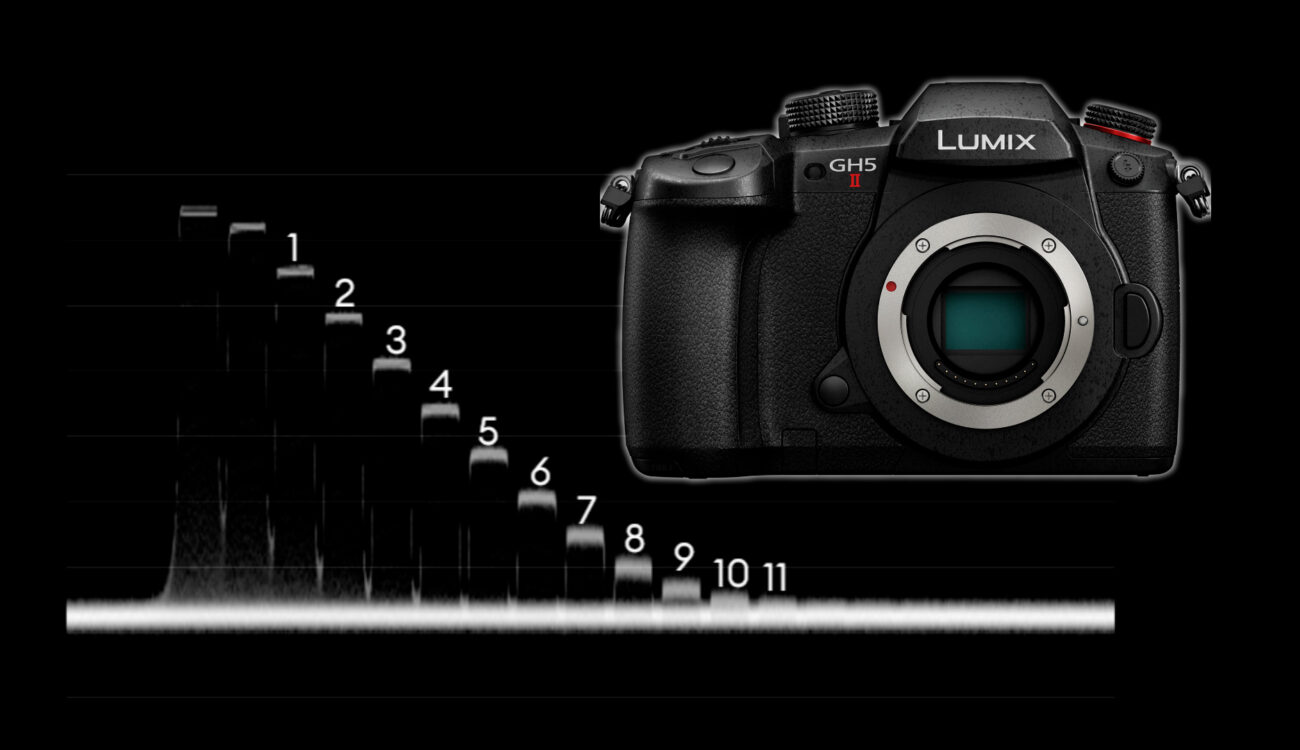


Ideally, a geophysicist would have a set of tools at their disposal that can remove noise from seismic data (or denoise) with minimal human intervention. īecause of the nontrivial task of removing noise from seismic data, geophysicists are on the constant lookout for alternatives approaches. Incorrectly picking this threshold can lead to false signals. However, these methods usually require specifying some sort of variable threshold. Over the years there have been statistical efforts to remove noise without tampering the original signal. Also, applying a filter might remove relevant information from the signal if the noise is in the same frequency band as the signal itself. However, knowing which filter to apply is not intuitive. Seismologists therefore commonly apply filters to remove background noise, similar to what a sound-engineer does when recording live music. This includes, but is not limited to: instrumental noise, changes in the Earth’s tides, pressure variations, and traffic. Given their level of sensitivity seismometers also pick up noise. For example, a seismometer in California can detect a magnitude 7.0 or above earthquake in Chile, Japan and/or even Turkey! These instruments are sensitive enough to measure large, distant earthquakes from across the globe. Seismometers are highly sensitive instruments that typically measure translational ground motions. To record these waves we use seismometers. From earthquake detection to oil discovery, seismic waves allow us to investigate Earth processes and its interior in ways no other data type can.


 0 kommentar(er)
0 kommentar(er)
